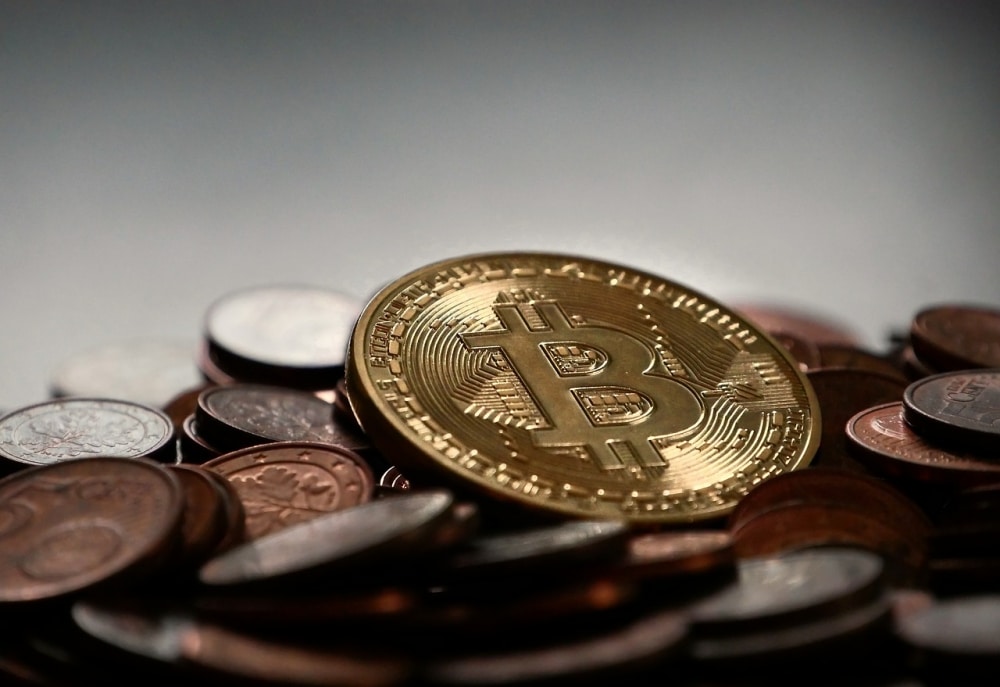Although the long-awaited Bitcoin halving event has slipped by almost unnoticed, investors will be watching this cryptocurrency’s performance over the next few months with great interest. Despite the absence of fireworks, history has shown that slow out of the stalls after halving can soon accelerate to a solid upward curve.
What exactly does halving mean?
A halving event refers to a period every four years or so when the compensation for mining (or mining) Bitcoin is halved. The effects of the halving are initially felt largely by the exploiters (miners).
With the latest halving on April 19, those who mine this unit now receive 3.125 per block. This mining reward started at 50 BTC per block when Bitcoin was created in 2009. There will eventually be only 21 million Bitcoin in circulation. Almost 19.6 million Bitcoin have already been mined, which means that only 1.4 million can still be mined.
Halving, which occurs after the mining of every 210,000 blocks, results in a lower supply with less Bitcoin being made available, which in turn leads to higher prices. This prevents an unlimited circulation of this unit from eroding the value. The next halving is in 2028 and it is expected that the last Bitcoin will be mined by 2140.
As the market adjusts to the new supply dynamics and miners adjust to the reduced block reward, increased volatility is investors’ foreland in the coming weeks and months. This volatility presents great opportunities and risks for those who want to try their hand at Bitcoin.
Analysts agree that potential investors should be prepared for this volatility by following a well-thought-out investment strategy that manages risk and maintains a long-term perspective on the asset’s potential.
After the first halving in November 2012, Bitcoin’s price rose from around $11 to a peak of $1,100 in November 2013. Likewise, after the second halving in July 2016, this unit’s price rose from around $650 to almost $20,000 by December 2017 and hovered around $69,000 the following year.
Bitcoin has been trading above the $66,000 level for the past week. A year ago, this unit was trading at just over $27,000. In rand terms, with exchange rate fluctuations taken into account, Bitcoin has shot up from around R500 000 to almost R1.3 million since April last year.
Regulation can fuel adoption

Although a little over 10 million South Africans currently have crypto in a digital wallet, cryptocurrencies form a small part of the total investment capital in South Africa managed by fund managers, wealth managers and financial advisors. However, the recent approval by the Financial Sector Conduct Authority (FSCA) of several financial service provider licenses could change things quickly.
This is one of the key issues being scrutinized in a new report by Luno, South Africa’s largest crypto investment app. The State of Crypto in Africa report says that the legitimacy of the licenses could bring a new influx of investors to crypto.
According to Christo de Wit, South African head of Luno, Bitcoin’s market capitalization recently surpassed that of silver. “This is a clear sign that crypto can fill its shoes in mainstream investing.”
According to the report, in March this year, before the Bitcoin halving, there was an increase of more than 43% in the number of first-time crypto buyers in South Africa. In addition, Bitcoin reached a new high during this time, while other crypto units were also fueled to new heights.
“Research suggests that investors are open to crypto investments if recommended by financial advisors. However, this has so far been an obstacle because a lack of regulation has been seen as a red light. A total of 36% of advisors consider a lack of regulation as a reason why they do not recommend crypto. With the issuance of the FSCA licences, this asset class should attract the attention of more investors who are offered professional and responsible advice,” he believes.
Africa leads in cryptochorus
According to De Wit, Africa is at the forefront of the decentralized money revolution. “Crypto adoption is not only driven by mainland regulations, but also fulfills a fundamental need.
“About 57% of adults in Africa do not have access to a bank account. Although sub-Saharan Africa is one of the smallest economies in terms of transaction volumes, crypto investments here are among the highest in the world, especially in Nigeria, South Africa and Kenya.”
De Wit says there is also a growing trend to acquire Bitcoin and stablecoins for hedging purposes, which is an indication that grassroots crypto adoption in Africa is closer to the decentralized ideals of cryptocurrencies that used for actual payments compared to other parts of the world.
- Opinions, analyses, prices and other information are provided as general market commentary for informational purposes only and are not investment advice or recommendations. Always consult a knowledgeable financial advisor before venturing into any investment.








